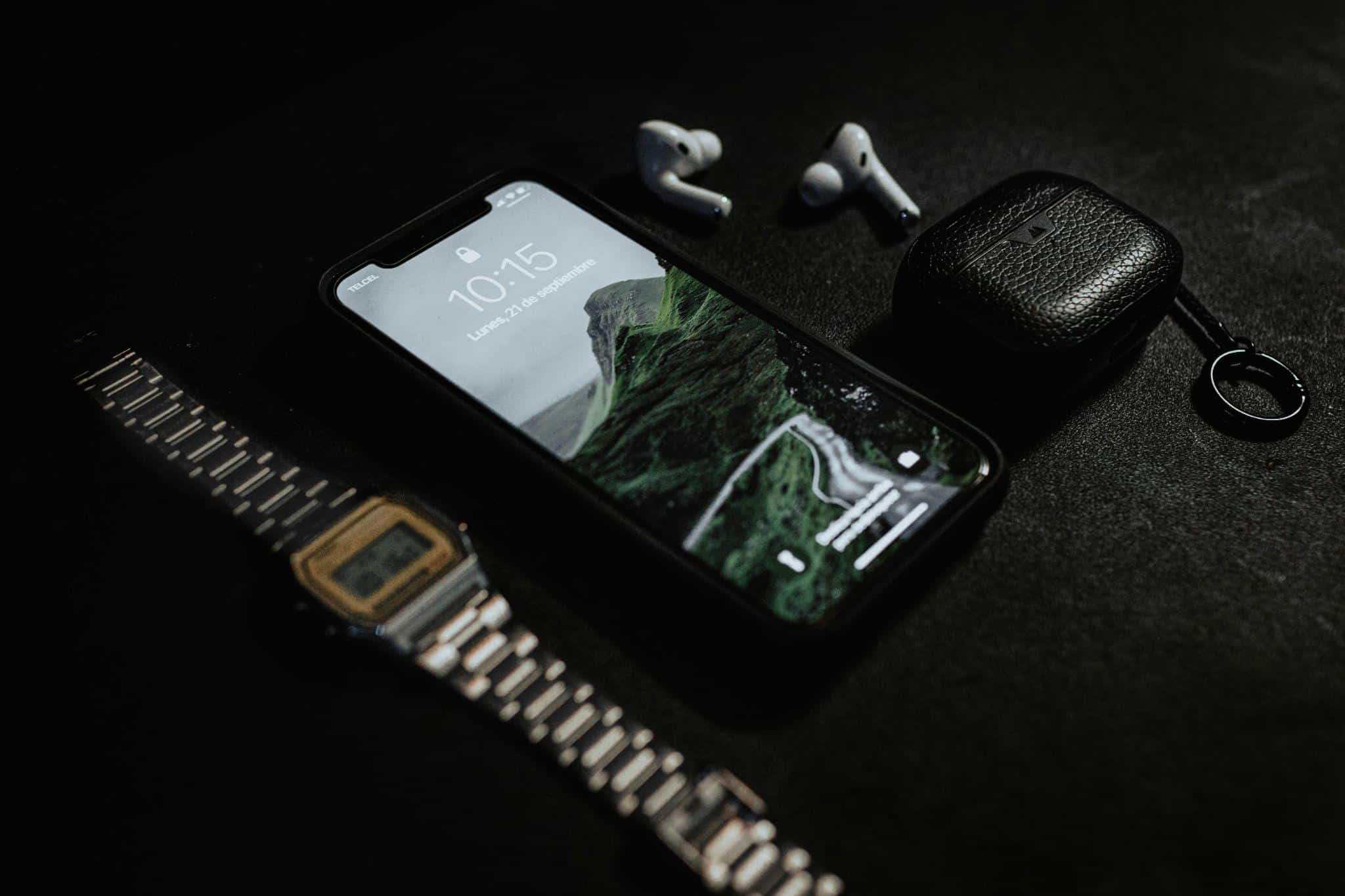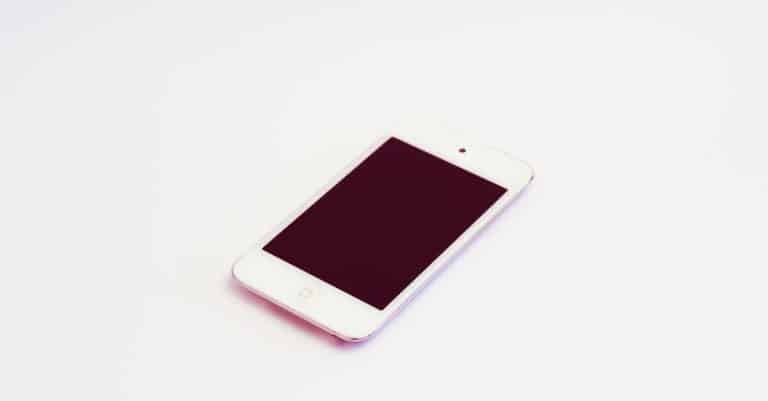As we navigate a world increasingly dominated by technology, the intersection of smart accessories and functional design is becoming more relevant than ever. In today’s fast-paced lifestyle, we’ve all faced the frustration of using gadgets that complicate rather than simplify our routines.
Thoughtful innovation has led to accessories that seamlessly merge practicality with style. Sleek essentials like airpods 3 cases exemplify this shift, offering not only protection and convenience but also a refined aesthetic that complements modern tech culture.
Even in moments of celebration, design meets technology in unexpected ways. The captivating beauty of black fireworks mirrors the same balance of sophistication and creativity seen in today’s smart accessories, bold, striking, and purposefully crafted.
In this text, we’ll explore what makes these smart accessories essential for a smarter lifestyle, revealing how thoughtful design can transform our daily experiences.
Understanding Smart Accessories
Smart accessories are devices that augment our interaction with technology, seamlessly integrating into our lives to improve efficiency, convenience, and enjoyment. Examples include smartwatches, wireless earbuds, and even smart kitchen appliances. These tools not only provide functionality but also blend style with practicality, ensuring they remain appealing while serving a purpose. In essence, smart accessories are designed with us in mind, making them an essential component of our tech-driven lives. By understanding their value, we can better appreciate how they elevate our everyday experiences.
The Role Of Functional Design In Everyday Technology
The concept of functional design goes beyond aesthetics. It focuses on creating products that are intuitive and user-friendly, enhancing usability without sacrificing style. In the realm of smart accessories, this principle plays a crucial role in determining which products succeed in the market. Well-designed accessories take into consideration factors like ease of use, ergonomics, and adaptability to various lifestyles. For example, a smartwatch that allows us to seamlessly switch between notifications, health tracking, and music control embodies functional design at its best. Functional design is not merely a trend: it is the hallmark of successful technology that caters to our dynamic lives.
Key Features Of Functional Smart Accessories
When evaluating the effectiveness of smart accessories, we often look for several key features that indicate a commitment to functional design:
- User-Centricity: Products must be designed with our needs in mind, prioritizing ease of use and accessibility. This involves intuitive interfaces and simple controls.
- Durability: High-quality materials that withstand daily wear and tear are essential. We rely on these accessories to perform consistently over time.
- Interconnectivity: Smart accessories should easily connect with other devices and platforms, creating a cohesive ecosystem.
- Versatility: Multi-functionality allows us to use one device for various tasks, reducing clutter and enhancing efficiency.
- Aesthetic Appeal: Finally, a sleek, modern design complements our lifestyle and personal taste, ensuring that these devices aren’t just functional but also stylish.
These features represent a blend of technology and design that prioritizes our experiences and overall satisfaction.
Examples Of Innovative Smart Accessories

Photo by J E S U S R O C H A on Unsplash
Innovative smart accessories are continually emerging, offering solutions that cater to our evolving needs. A few noteworthy examples include:
- Smart Plugs: These allow us to control household devices remotely using a smartphone app, promoting energy efficiency and convenience.
- Wireless Charging Pads: Combining functionality and aesthetics, these pads declutter our spaces while ensuring our devices are charged effortlessly.
- Smart Notebooks: They enable us to digitize handwritten notes instantly, bridging the gap between traditional and digital convenience.
- Fitness Trackers: More than just a step counter, these devices monitor health metrics and integrate with our smartphones for a holistic view of our wellness.
- Smart Mirrors: These high-tech mirrors can display weather updates, news, and even curated playlists while we go about our grooming routines.
These examples illustrate how functional design can reinvent traditional accessories, making them integral to a smarter, more efficient household.
The Future Of Smart Living: Trends To Watch
As we look toward the future, several trends are poised to shape the realm of smart accessories:
- Sustainable Materials: With increasing awareness of environmental issues, we will see a rise in the use of eco-friendly materials that don’t compromise on quality.
- Enhanced AI Integration: Smart accessories will harness artificial intelligence to predict our needs and automate mundane tasks, making life even more manageable.
- Personalization Features: Customizable devices that can adapt to individual preferences and routines will likely dominate the market.
- Wearable Tech Expansion: The wearable tech market will continue to flourish, integrating health monitoring with daily activities seamlessly.
- Smart Home Integration: As homes become smarter, accessories will coordinate smoothly with smart home systems, creating ecosystems that enhance our lifestyle and efficiency.
By keeping an eye on these trends, we can be prepared for the innovations that will further enhance our interaction with technology.
Challenges And Considerations In Smart Accessory Design
Even though the exciting potential of smart accessories, several challenges must be addressed:
- Privacy Concerns: As devices become more interconnected, safeguarding our personal data and privacy is paramount. We must demand transparency from manufacturers.
- Usability for All Age Groups: Creating accessories that cater to a diverse user base, including seniors or non-tech-savvy individuals, is crucial for universal acceptance.
- Reliability: We rely on smart accessories in our daily routines, so ensuring their consistent performance and durability is vital.
- Interoperability: As many accessories come from different manufacturers, achieving seamless integration can be a struggle, making it challenging to create a unified smart ecosystem.
Addressing these challenges requires manufacturers to prioritize thoughtful design and user feedback. According to insights from TechRadar, functional design is key to enhancing our interaction with everyday tech.













